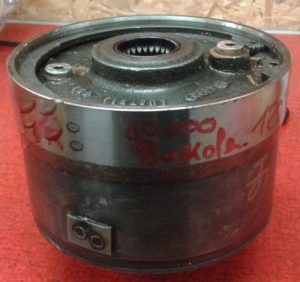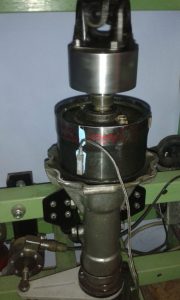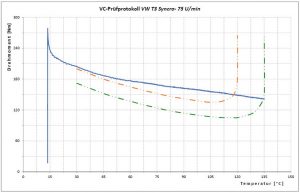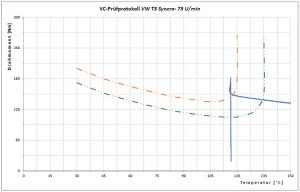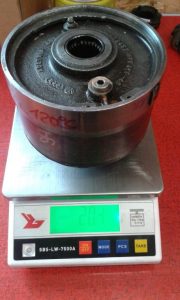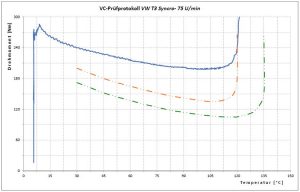After a VC fails closed, it then fails open.
We suspected this issue for a long time, but now we found evidence to support our theory.
But let’s tell the story from the beginning.
A customer brought us his old Viscous Coupling (VC) in an unknown condition to our workshop, After the first visual inspection, I suggested to the customer that we could actually save the time on the test-rig, because fragments of the upper X-ring were already hanging out of the lubrication hole of the inner hub (see attached photo). I assured him that his VC had failed open (no drive) and would only reach about 50 nm friction moment.
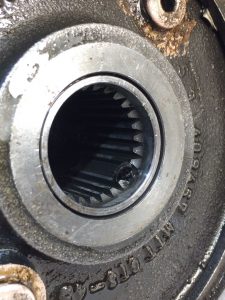 |
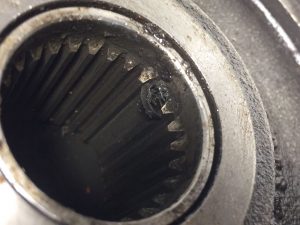 |
But when the test-run started, we were all very surprised! The Viscous Coupling was not failed open, but closed (no slip at all)! It had sucked oil inside.
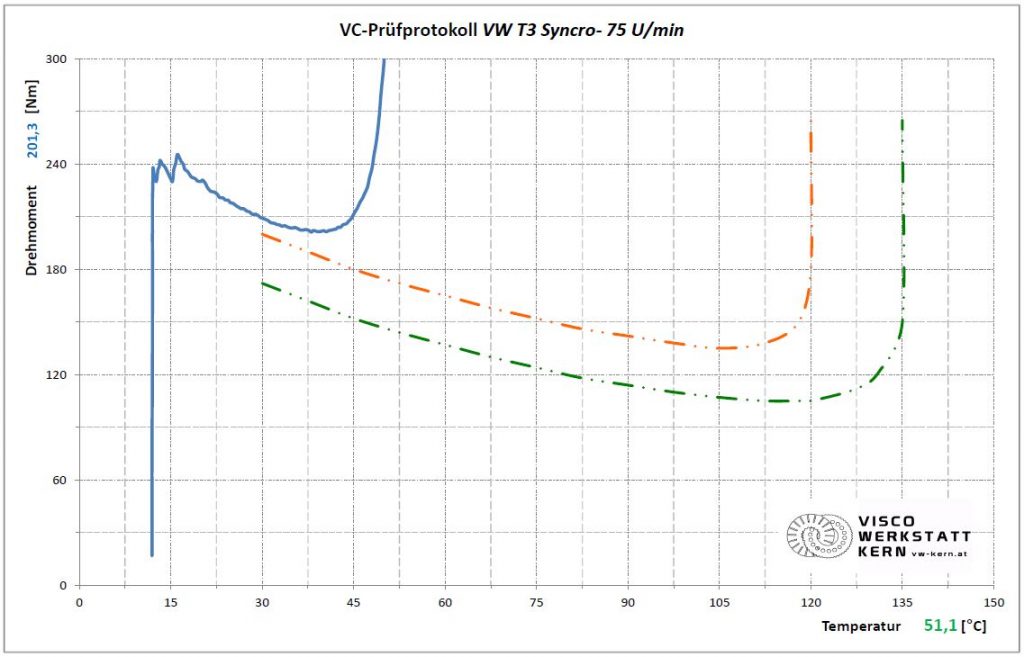
After testing all VCs from my own stock with obvious X-ring damage, I found one more VC in a similar condition.
This Visco clutch shows an advanced stage of failing open. The lowered moment indicates that some silicone oil has already leaked out and the Visco will soon completely be failed open.
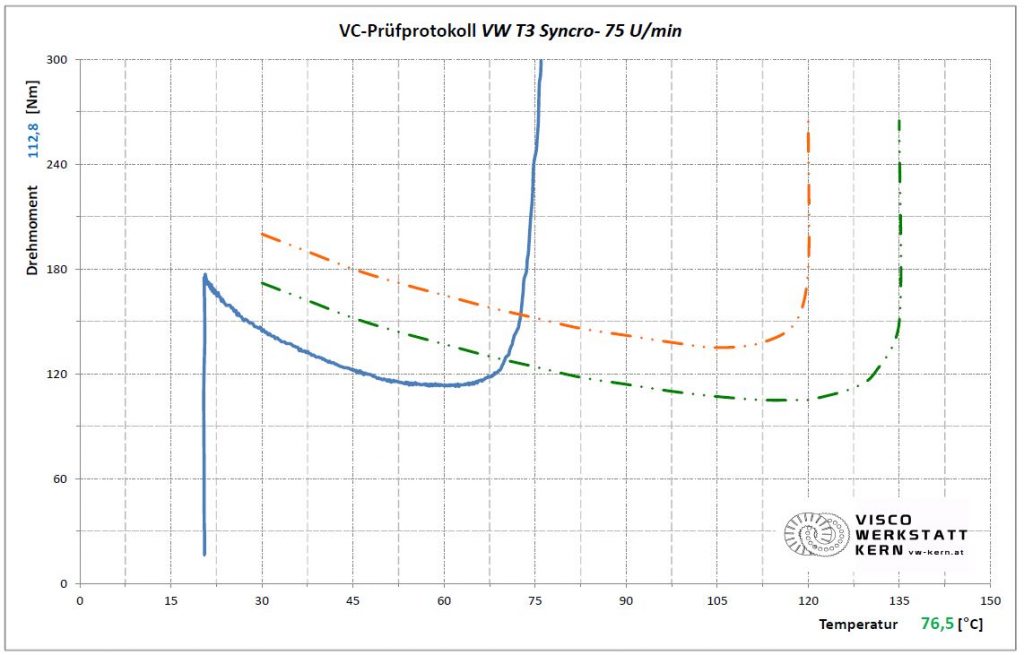
Our Theory:
The constant hump pressure (>10 bar) in the oil-sucked Viscous Coupling causes the rubber of the X-ring to creep and slowly be pushed into the gap. As a result, the X-ring can no longer create a seal.
To cut a long story short: After a VC fails closed, it then fails open.

